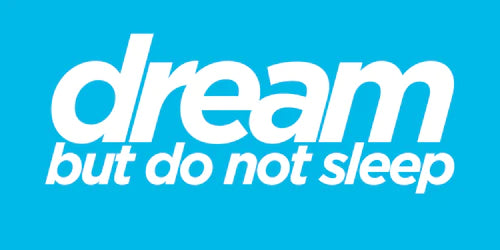
The Evolution of Streetwear Style Through the Decades
Share
Streetwear fashion, once an underground movement, has become a powerful force in the global fashion industry. From its roots in the surf and skate culture of California to its present status as a mainstream style phenomenon, streetwear has been constantly evolving. Let's take a closer look at how this style has transformed over the decades.
The Birth of Streetwear: 1970s
The 1970s laid the foundation for what would eventually become streetwear. Influenced by the surf culture of Southern California, brands like Stüssy emerged. The essence of the designs reflected the laid-back, easy-going lifestyle of surfers, with loud prints and oversized tees taking centre stage.
In this era, self-expression through bold graphics and DIY ethos was crucial. This essence is reflected in modern designs like the Black T-shirt with Chinese Dragon Embroidered Design, combining classic street aesthetics with contemporary touches.
The Rise: 1980s
As the 1980s rolled in, hip-hop culture began to influence streetwear significantly. The aesthetic evolved with the introduction of vibrant colours, sportswear, and athletic brands. Sneakers became a status symbol, and brands started collaborating with artists and musicians, further embedding streetwear within pop culture.
In this period, the focus was on blending comfort with style, a principle that continues today with pieces like the Hoodie in Black with DBDNS Logo Embroidery, which combines sleek, minimalist design with everyday wearability.
The Establishment: 1990s
Streetwear truly found its footing in the 1990s as brands like A Bathing Ape (BAPE) and Supreme emerged. These brands cultivated a cult-like following, blending Japanese aesthetics with urban New York culture. The 90s was also a pivotal time for the rave scene, which further pushed the boundaries of street fashion with its eclectic and often flamboyant styles.
This era saw the popularisation of baggy clothing and elaborate graphic tees, reminiscent of today's Chinese Tiger Design On Sand Hoodie, which showcases bold graphics and an oversized fit, echoing the period's iconic look.
The Diversification: 2000s
With the new millennium, streetwear diversified, integrating elements from different fashion subcultures, including punk, metal, and even high fashion. Brands started exploring collaborations beyond traditional realms, merging with luxury labels and creating limited edition pieces that became highly coveted.
The 2000s also popularised layering, with hoodies, jackets, and tees becoming staples, as seen in products like the Navy Blue Fleece with Paradise Island Parrot Embroidery, which embodies the blending of comfort and distinct style.
The Revolution: 2010s
Streetwear underwent a revolution in the 2010s, with the rise of social media acting as a catalyst. The digital age allowed niche brands to reach global audiences, making streetwear more accessible than ever. The focus shifted from mere brands to community-driven movements and collaborations with non-fashion entities.
This decade also welcomed the fusion of new technologies in fashion, demonstrated in innovative pieces like the Fleece in Black with DBDNS Futuristic Logo Embroidery that mixes contemporary aesthetics with futuristic design elements.
Today and Beyond
Present-day streetwear continues to thrive, evolving through sustainable practices and ethical production. As it becomes more inclusive, the line between luxury and street fashion diminishes. The current trend shows a return to logo-centric designs while embracing gender-neutral and size-inclusive offerings.
Streetwear's journey is far from over. As it stands tall as a staple in modern wardrobes, its evolution reflects societal changes and the perpetual quest for individuality.
To explore more about today's dynamic streetwear styles, check out Dream But Do Not Sleep for a wide selection of pieces that capture the essence of this ever-evolving fashion movement.
Streetwear's past has defined its future, and as we look ahead, one thing remains clear—streetwear is not just clothing; it's a movement, an attitude, and a global community.
